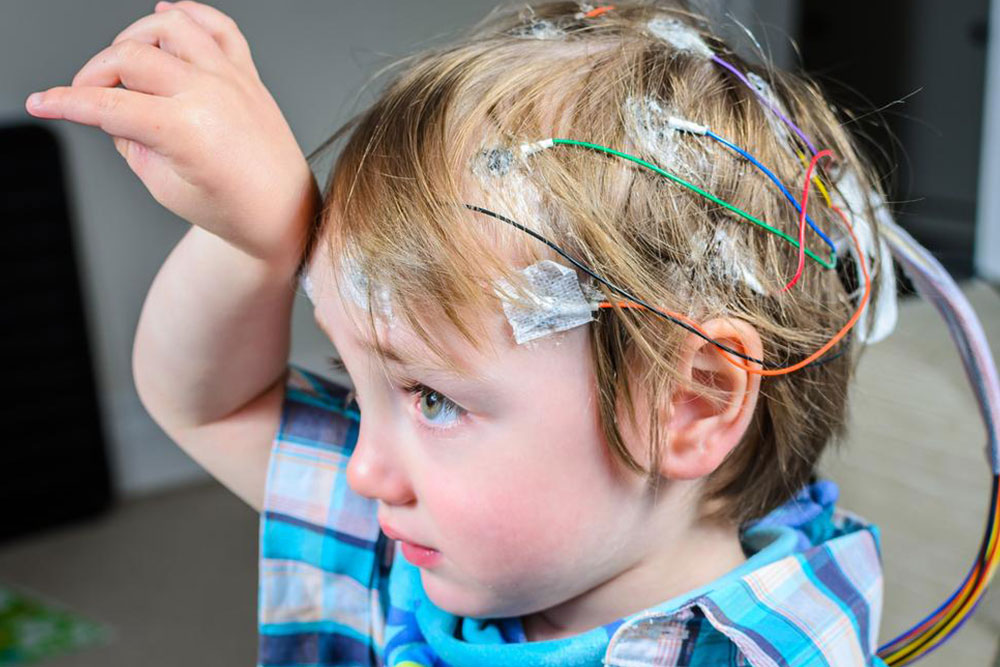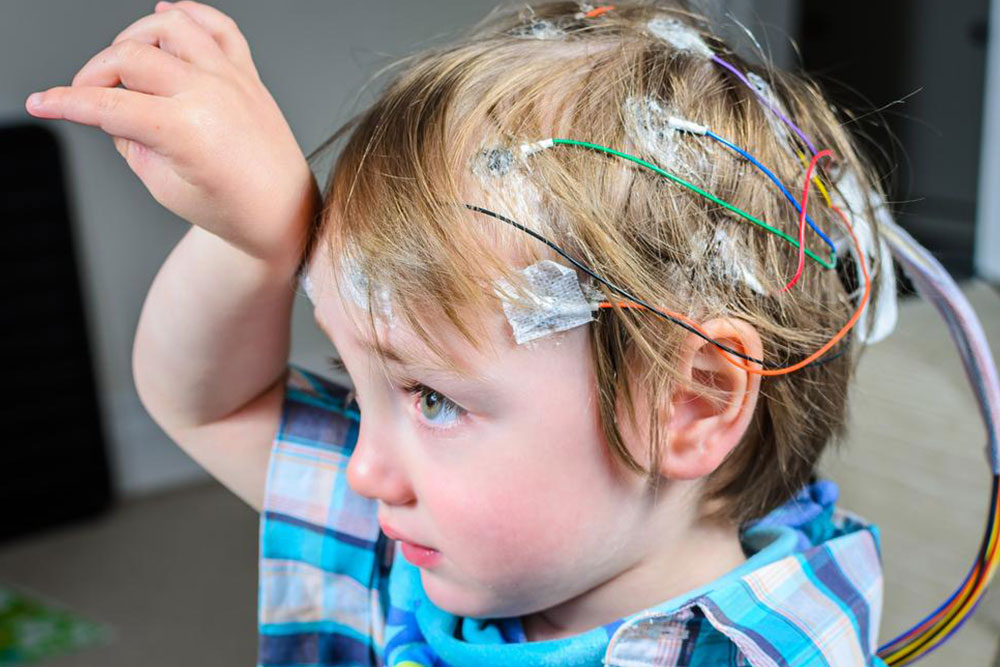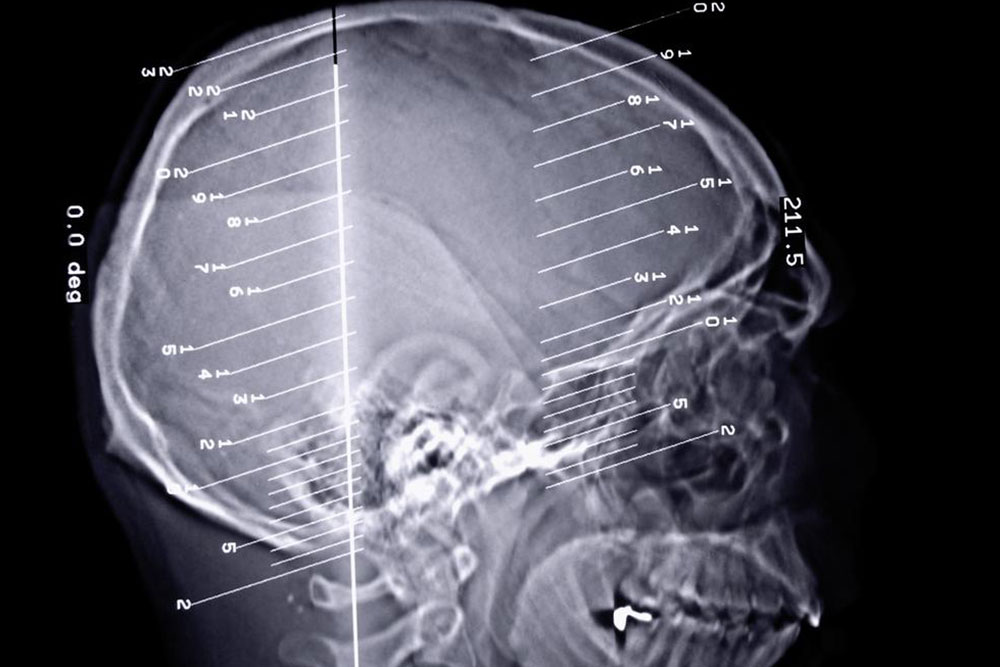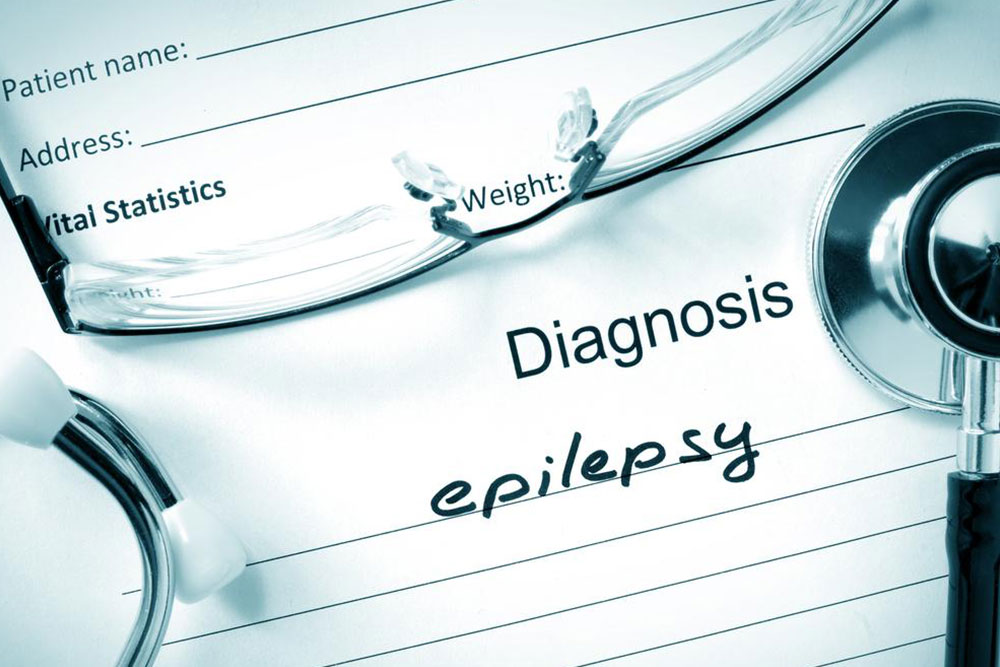Essential Steps to Assist Someone Having an Epileptic Seizure
Learn essential steps to help someone experiencing an epileptic seizure. This guide covers how to stay calm, ensure safety, and provide effective assistance. Understanding these actions can make a significant difference during emergencies, helping to prevent injuries and support the person’s recovery. Always seek medical help if the seizure lasts longer than five minutes or if it happens repeatedly without stopping. Being prepared and knowledgeable can save lives and reduce trauma associated with seizures.

How to Properly Help Someone During an Epileptic Seizure
Epilepsy can cause severe physical and emotional distress for sufferers. This neurological disorder disrupts brain function by sending incorrect signals through nerve cells, leading to seizures. Repeated seizures can impact mental health and social interactions. With timely assistance, you can make a difference for someone experiencing a seizure. Here are key actions to take if you witness an epileptic event.
Stay Calm – Remaining calm is crucial during a seizure. While it may appear alarming, most seizures are not life-threatening. Panicking can hinder your ability to assist effectively and might worsen the situation. Keep a clear head to provide the needed support.
Timing the Seizure – Track how long the seizure lasts. If it exceeds five minutes or repeats without pause, urgent medical help should be called immediately.
Create a Safe Space – Clear the area of nearby objects to prevent injury. Keep the person away from furniture or sharp items. Do not restrain their movements but ensure they won’t fall or hurt themselves.
Avoid Putting Anything in the Mouth – Never attempt to put objects into the person’s mouth. This can cause choking or oral injuries. Instead, focus on safeguarding their head and body.
Prevent Injuries – In case of turbulence, gently support the person’s head or body to prevent falling or hitting nearby objects. If possible, guide them safely to the floor to minimize injury.
Loosen Tight Clothing – Loosen clothing around the neck or waist to help improve breathing. Sitting the person in a comfortable, safe position can also be beneficial.
Offer Reassurance and Assistance – Once the seizure subsides, the individual might feel confused or embarrassed. Reassure them and stay with them until they recover fully.










